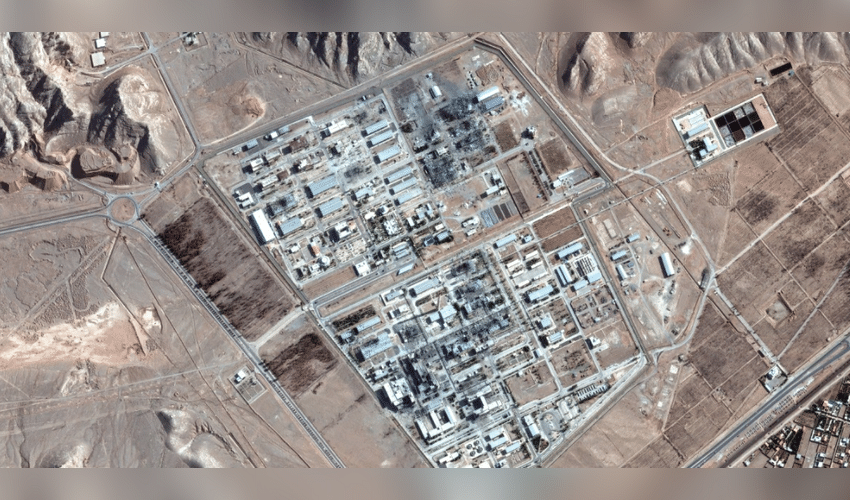World
According to an intelligence report, U.S. strikes were unsuccessful in destroying Iran's nuclear facilities.

U.S. airstrikes failed to eliminate Iran’s nuclear capabilities and only temporarily delayed its progress by a few months, according to an initial U.S. intelligence report. This comes as a fragile ceasefire—brokered by President Donald Trump—takes effect between Iran and Israel. Earlier on Tuesday (June 26), both Iran and Israel indicated that hostilities had ceased, at least for now, following Trump’s public criticism of their actions and his announcement of a ceasefire at 0500 GMT.
After 12 days of conflict—during which the U.S. joined the fray by targeting Iran’s uranium-enrichment sites—both nations began lifting civilian restrictions and claimed success. Trump had asserted that the U.S. use of 30,000-pound bombs had "obliterated" Iran’s nuclear infrastructure, but this was contradicted by a preliminary intelligence report. Sources said Iran’s enriched uranium stockpiles remained, and underground facilities were largely intact, meaning the nuclear program was likely delayed by only one or two months.
The White House dismissed the intelligence findings as incorrect. The Defense Intelligence Agency report, however, stated that while the entrances to two nuclear facilities were blocked, the underground structures remained undamaged, with some centrifuges still operational, according to people familiar with the assessment.
At the UN Security Council, the U.S. described the strikes as having “degraded” Iran’s nuclear efforts, a more restrained claim than Trump’s earlier “obliterated” statement. Israeli Prime Minister Benjamin Netanyahu declared the attack had removed the threats of nuclear destruction and missile attacks. Meanwhile, Iranian President Masoud Pezeshkian declared a “great victory,” and expressed readiness to mend ties with the U.S. in a message to Saudi Crown Prince Mohammed bin Salman.
Israel initiated the surprise conflict on June 13, targeting Iranian nuclear assets and killing high-ranking officials—its most severe action against Iran since the 1980s Iran-Iraq war. Iran, denying ambitions to build nuclear weapons, retaliated with missile strikes on Israeli targets. As restrictions were lifted and airspace reopened in both countries, the ceasefire—mediated by Trump and senior officials—was tentatively in place. However, both sides accused each other of violating it, and the truce remained unstable. Trump directed sharp criticism at both Iran and Israel, particularly chastising Israel for allegedly resuming attacks soon after agreeing to the ceasefire. He urged restraint, stating, “I’ve got to get Israel to calm down now,” and expressed frustration over their long-standing hostility.
Israel admitted to bombing a radar site near Tehran in response to what it claimed were Iranian missiles fired hours after the ceasefire was to begin. Iran denied launching missiles and accused Israel of continuing its strikes beyond the ceasefire deadline. Despite tensions, the ceasefire boosted global markets, with oil prices falling and investor confidence rising. Both nations, however, made it clear that the possibility of future conflict remains, even as the current hostilities subside.



